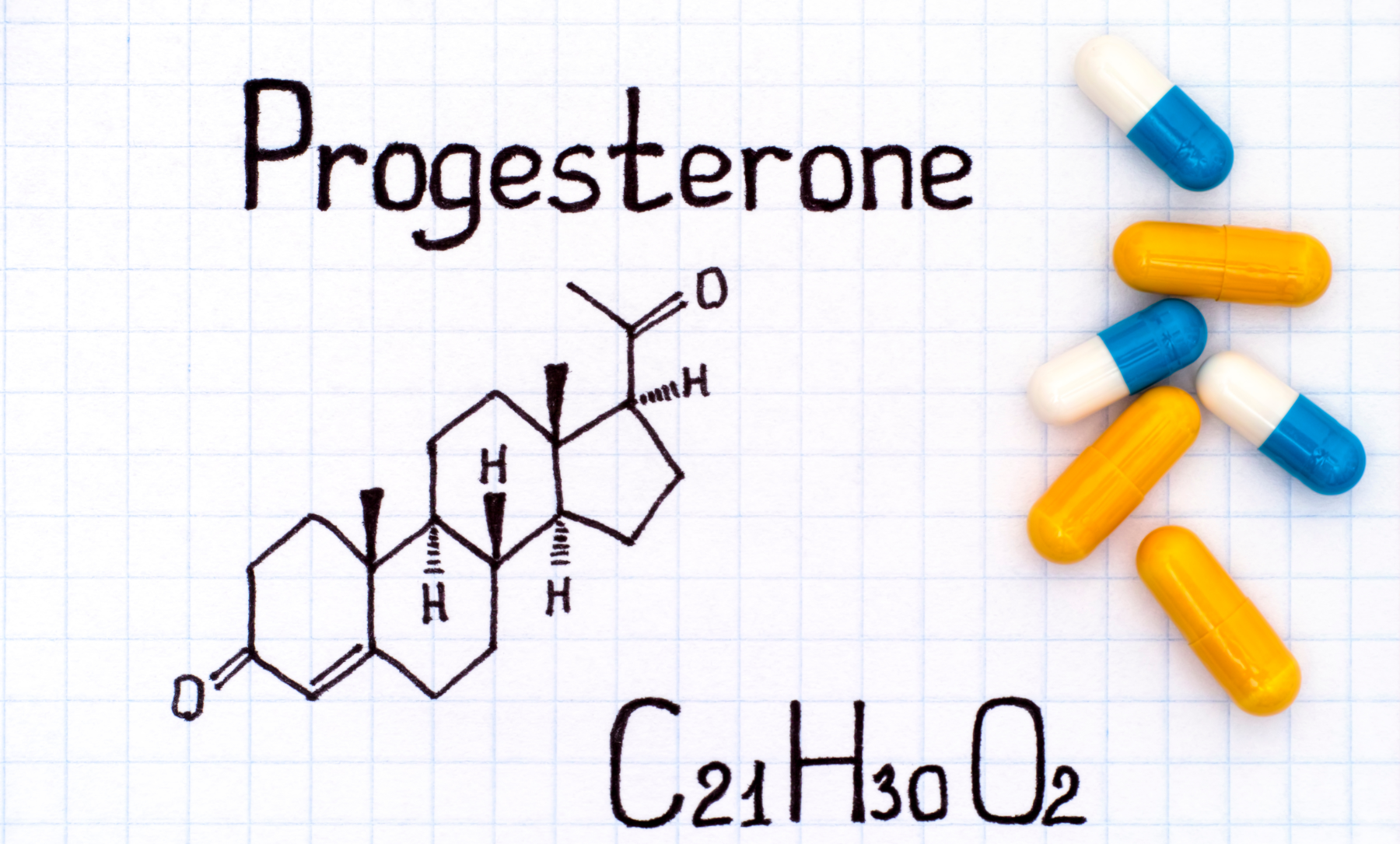Understanding Oestrogen Dominance and Its Impact on Fertility

Oestrogen dominance is a hormonal imbalance where oestrogen levels are excessively high relative to progesterone levels. This condition can affect various bodily functions, particularly reproductive health and fertility. Oestrogen, a primary female sex hormone, plays a crucial role in the menstrual cycle and fertility. However, when oestrogen levels become disproportionately high, it can lead to several health issues, including difficulties with conception. This article explores the causes, symptoms, diagnosis, and treatment of oestrogen dominance, with a focus on its impact on fertility.
The Role of Oestrogen in the Body
Oestrogen is essential for:
- Regulating the Menstrual Cycle: It controls the growth and maintenance of the uterine lining (endometrium) during the first half of the menstrual cycle.
- Supporting Ovulation: Oestrogen levels trigger the release of luteinizing hormone (LH), which stimulates ovulation.
- Maintaining Pregnancy: It helps maintain the pregnancy and prepare the breasts for lactation.
Causes of Oestrogen Dominance
Oestrogen dominance can result from various factors, including:
- Hormonal Imbalance: Naturally occurring fluctuations in oestrogen and progesterone can sometimes become imbalanced, leading to higher levels of oestrogen.
- External Oestrogen Sources: Exposure to xenoestrogens (synthetic compounds that mimic oestrogen) found in plastics, pesticides, and personal care products can increase oestrogen levels.
- Diet: High intake of processed foods, refined sugars, and certain animal products can contribute to increased oestrogen levels.
- Obesity: Excess fat tissue can produce oestrogen, leading to higher levels in the body.
- Liver Function: The liver metabolises and detoxifies oestrogen. Impaired liver function can lead to oestrogen buildup.
- Medications: Certain birth control pills can increase oestrogen levels.
- Prolonged Mental and/or Physical Stress.
Symptoms of Oestrogen Dominance
Common symptoms of oestrogen dominance include:
- Irregular Menstrual Periods: Heavy, painful, or irregular periods.
- PMS Symptoms: Severe premenstrual syndrome (PMS) symptoms such as bloating, mood swings, and breast tenderness.
- Weight Gain: Especially around the hips, thighs, and midsection.
- Fatigue: Persistent tiredness and low energy levels.
- Mood Swings: Anxiety, depression, and irritability.
- Breast Changes: Swollen, tender, or fibrocystic breasts.
- Decreased Libido: Reduced sexual desire.
- Infertility: Difficulty conceiving or recurrent miscarriages.
Impact on Fertility
Oestrogen dominance can significantly impact fertility in several ways:
- Ovulation Disruption: High oestrogen levels can interfere with the hormonal signals that regulate ovulation, leading to anovulation (lack of ovulation).
- Endometrial Health: Excess oestrogen can cause the endometrium to become too thick, which can affect embryo implantation and increase the risk of miscarriage.
- Progesterone Suppression: Elevated oestrogen levels can suppress progesterone production, which is crucial for maintaining a healthy pregnancy.
- Polycystic Ovary Syndrome (PCOS): Oestrogen dominance is often associated with PCOS, a condition that affects ovulation and fertility.
Treatment
Treatment for oestrogen dominance aims to restore hormonal balance and improve fertility:
Lifestyle and Dietary Changes
- Diet: A balanced diet rich in whole foods, fibre, and low in processed foods can help regulate oestrogen levels. Cruciferous vegetables (e.g., broccoli, kale) contain compounds that support oestrogen metabolism.
- Exercise: Regular physical activity helps maintain a healthy weight and reduce oestrogen production from fat tissue.
- Avoiding Xenoestrogens: Reducing exposure to synthetic oestrogens found in plastics, pesticides, and personal care products.
- Reducing the causes of stress (where possible) or at least, mitigating their affect on the hormonal cycle.
Medical Interventions
- Hormone Therapy: Progesterone supplementation can help balance high oestrogen levels.
- Medications: Aromatase inhibitors (which block oestrogen production) or selective oestrogen receptor modulators (SERMs) may be prescribed.
- Detoxification: Supporting liver function with detoxifying foods and supplements (e.g., milk thistle and sulphurous compounds) to enhance oestrogen metabolism.
Conclusion
Oestrogen dominance is a common hormonal imbalance that can significantly impact fertility and overall health. Understanding the causes, symptoms, and treatment options is crucial for managing this condition and improving reproductive outcomes. By addressing lifestyle factors, seeking appropriate medical care, and making informed dietary choices, individuals can effectively manage oestrogen dominance and enhance their chances of conceiving. If you suspect you have oestrogen dominance, consult with a healthcare provider for a comprehensive evaluation and personalised treatment plan.




Comments